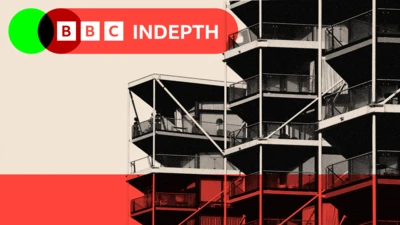We've updated our Privacy and Cookies Policy
We've made some important changes to our Privacy and Cookies Policy and we want you to know what this means for you and your data.
Equinox v equilux - what's the difference?
Image source, Ronnie Mills
- Author, Angie Phillips
- Role, ҙуПуҙ«ГҪ News NI Weather Presenter
Most of us are familiar with the term equinox, and Wednesday, 20 March, was the spring equinox which marked the start of .
This is when the sun passed over the equator or the equator was the closest part of Earth to the sun, the exact moment being 21:59 GMT.
The term equinox means "equal night," when day and night are supposedly an equal length of 12 hours each.
However, that is just an impression and not entirely true - 'almost' equal in length is more accurate.
At equinox, the measurement is taken from when the centre of the sun is at the horizon and is 12 hours sunrise to sunset and vice versa.
However, it is the top edge of the sun which is visible first at sunrise and last at sunset.
Also, because of light refraction, there is still light for a time once the sun is no longer visible. This adds extra time to daylight hours.
In spring, this means that the time when day and night are actually equal happens before the equinox.
This is known as the equilux which means "equal light".
This year it occurred on St Patrick's Day, 17 March, three days before the equinox.
Image source, Marty DishYouWereHere
There are of course two equinoxes each year, the autumn equinox falling in September as the sun heads south again.
In autumn the equilux falls after the equinox which this year is on 23 September at 08:50 BST.
The autumn equilux, when day and night are equal, will follow two or three days later.
Technically, it means that during the period of a year, we should get a bit more light than dark.
However, what we actually get depends on another factor - the weather - so more clear skies than cloud please!
Top Stories
More to explore
Most read
Content is not available








